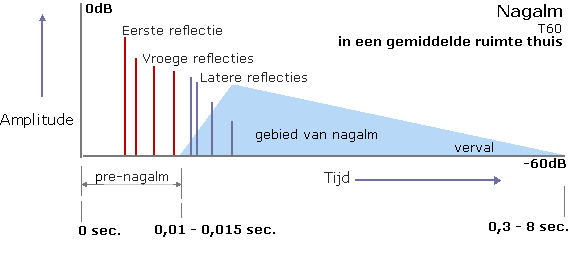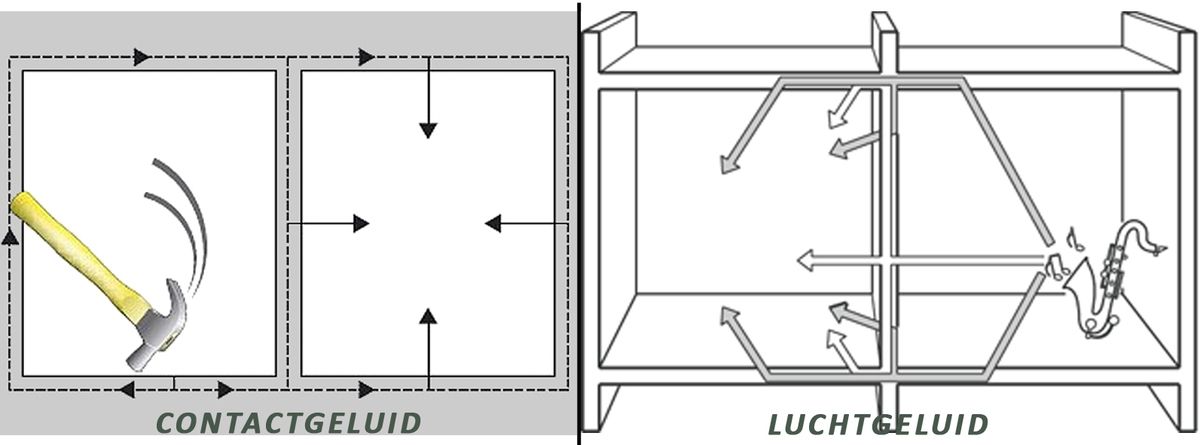Subscribe to the newsletter
Keep up to date with all DOX novelties
What is acoustics? An acoustic problem can be due to too much sound reverberation IN a room as well as noise transfer through different rooms. There are still many misconceptions about sound absorption and sound insulation.
It is important to know which products to use when, because absorbent products do not necessarily isolate the sound and vice versa.
A brief explanation:

A sound source produces sound waves and they travel through a space until they go out. Call it an echo of the sound that as it travels farther it gets softer. The loudness of the sound is indicated in flow rates (dB). The higher the flow, the louder. The pain threshold of sound is approximately 130 dB, the rustling of leaves at 10 dB. A normal conversation is somewhere between 40-60 dB and a concert on average around 100 dB. A jet fighter is about 140-150 dB.
Reverberation is the reflection of a sound wave. In the field of acoustics time is measured of a sound wave's continued reverberation after the sound source has been switched off (= reverberation time). The trick in a healthy acoustic environment is to make the reverberation time as short as possible in order to reduce the disturbing effect of sound.

But how do you reduce the reverberation time in a room? By ABSORBING the sound waves. This requires porous material that lets in the sound waves, but prevents them from bouncing back. Melamine foam is a common absorbent base material, as are glass wool fibers and polyester fibers. Absorbance is measured in α values.
Sound insulation tackles the noise leakage between spaces. Block the sound waves to adjacent spaces: mass is a determining factor here. The higher the mass & density of a material, the better it can stop sound waves and block them. Here the noise level (dB) is an important measure, measured within the (speech) frequency range (+/- 500 - 4000Hz).

Contact noise is the sound leakage that spreads throughout a building by contact between/with building materials (footsteps on the floor, hammering on the wall, etc.). By decoupling building structures, one prevents sound waves from moving through this contact.
Airborne noise, on the other hand, refers to sound that travels through the air to the surroundings spaces/structures.
For example: stamping feet in a room causes contact noise because the solid materials of the construction are made to vibrate. The vibrating construction can then emit airborne sound in the space below, which can be heard there by an observer. (source: wikipedia)
Subscribe to the newsletter
Keep up to date with all DOX novelties
